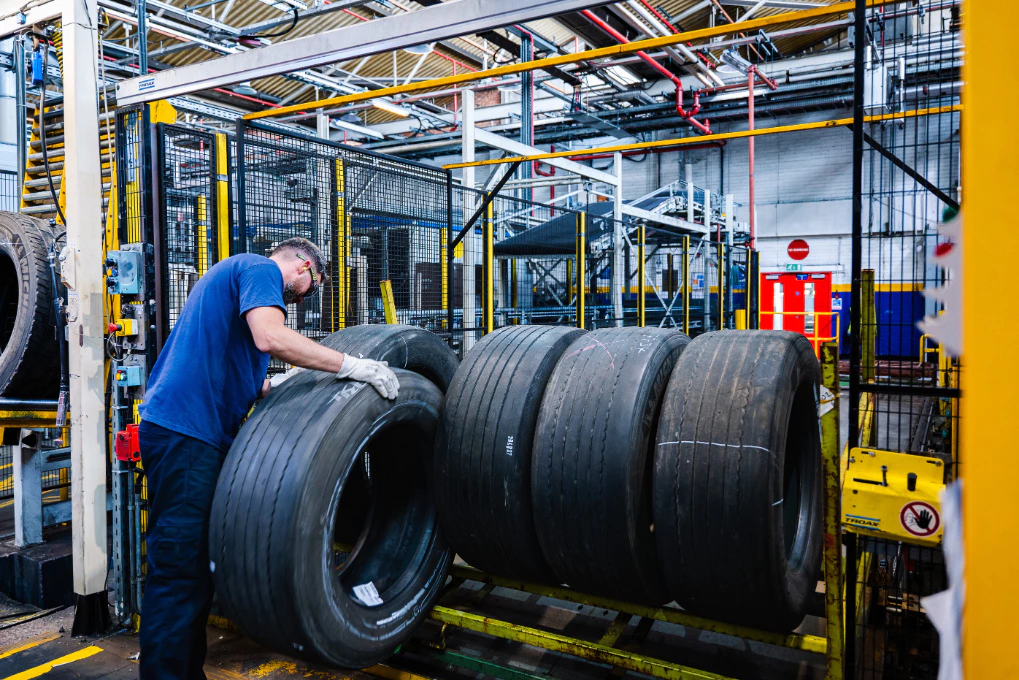Frequent readers of Retreading Business will have followed our focus on EU taxonomy recently and the announcement by BIPAVER on the 12th of June that the European Commission confirmed that tyre retreading is taxonomy compliant. However, as we have alluded to in this series, taxonomy does not operate in its own regulatory world. It is entangled in a sprawling, messy web of interconnected regulations that structurally undermines the European retreading industry as well as the very environmental objectives that the European Union wants to achieve through impleme...
–







